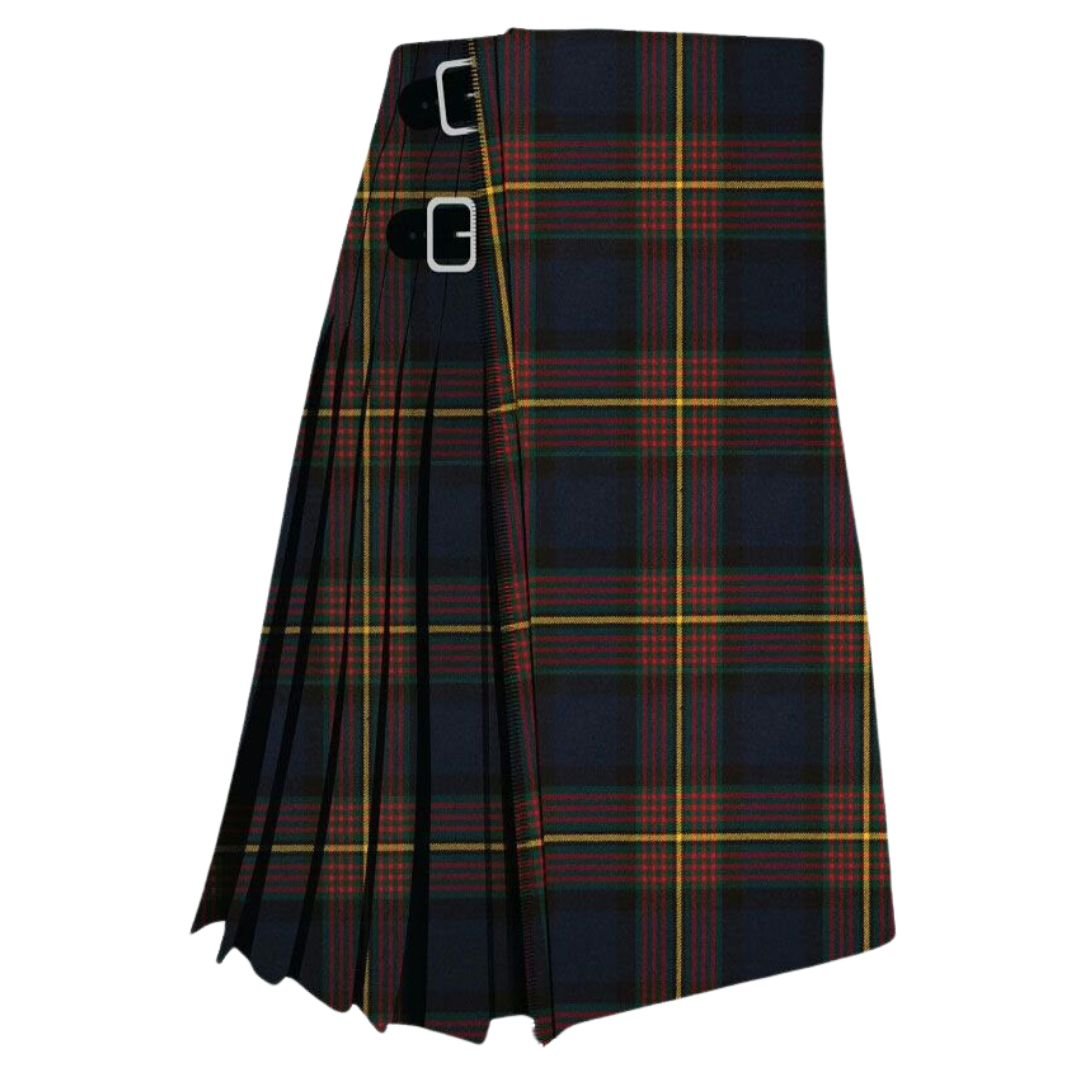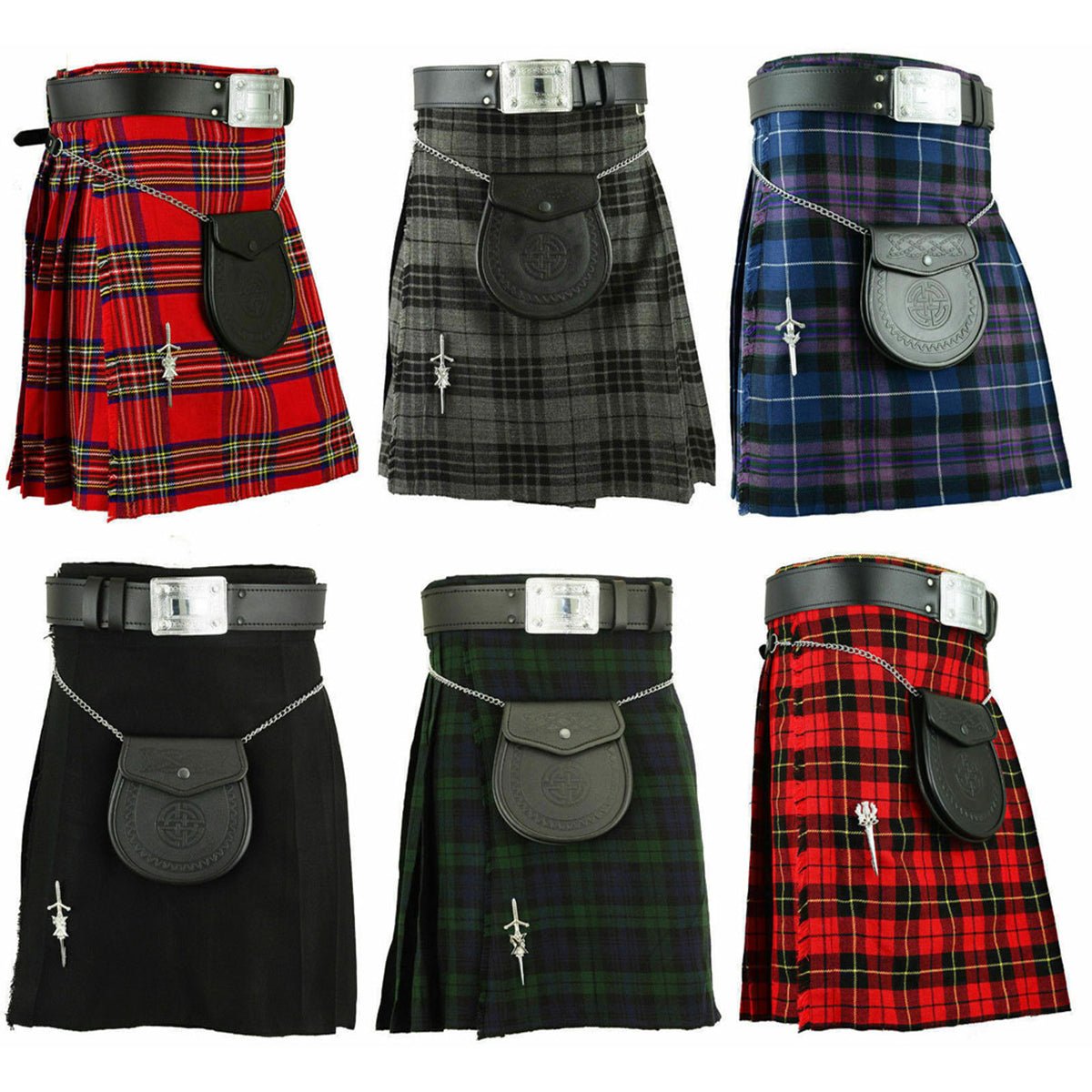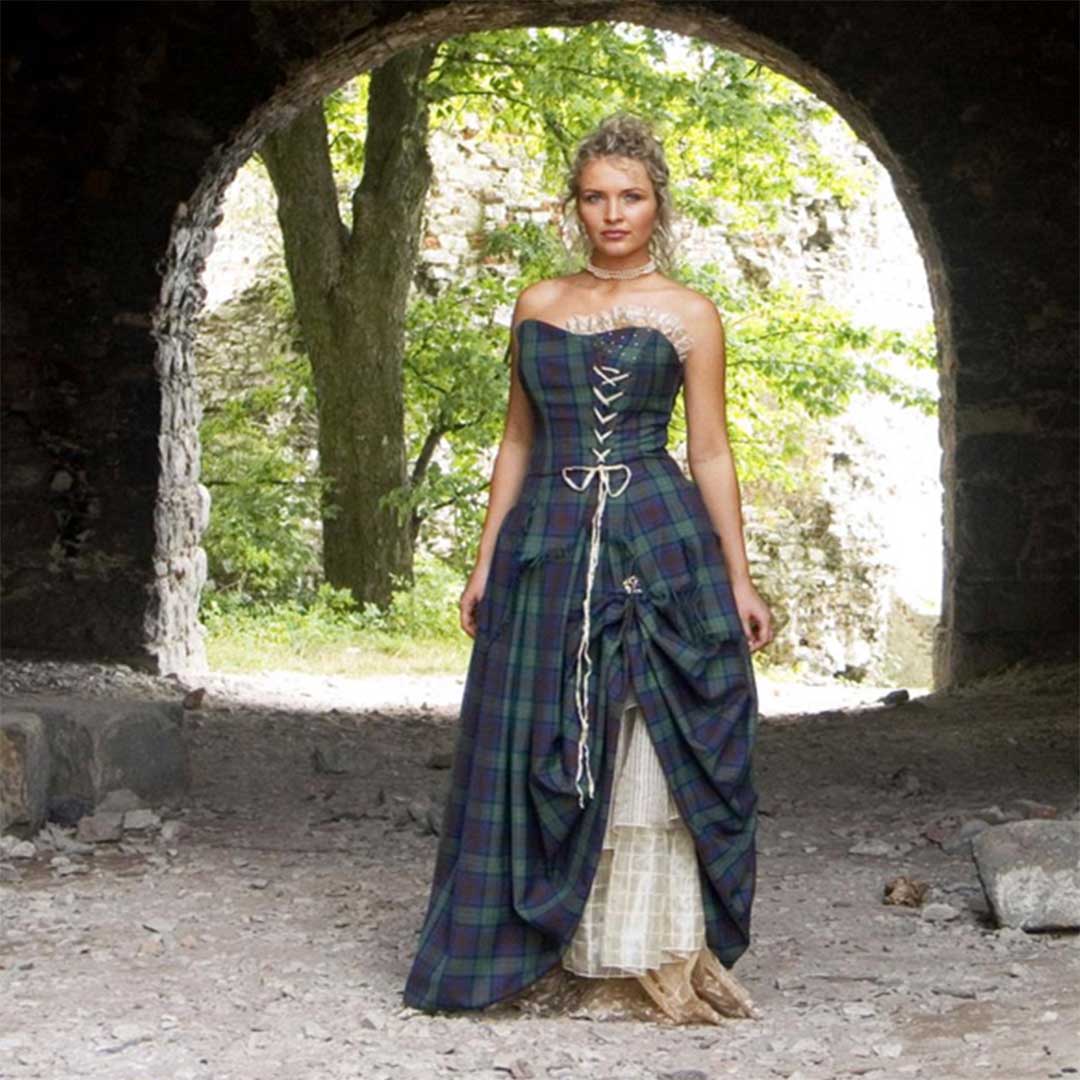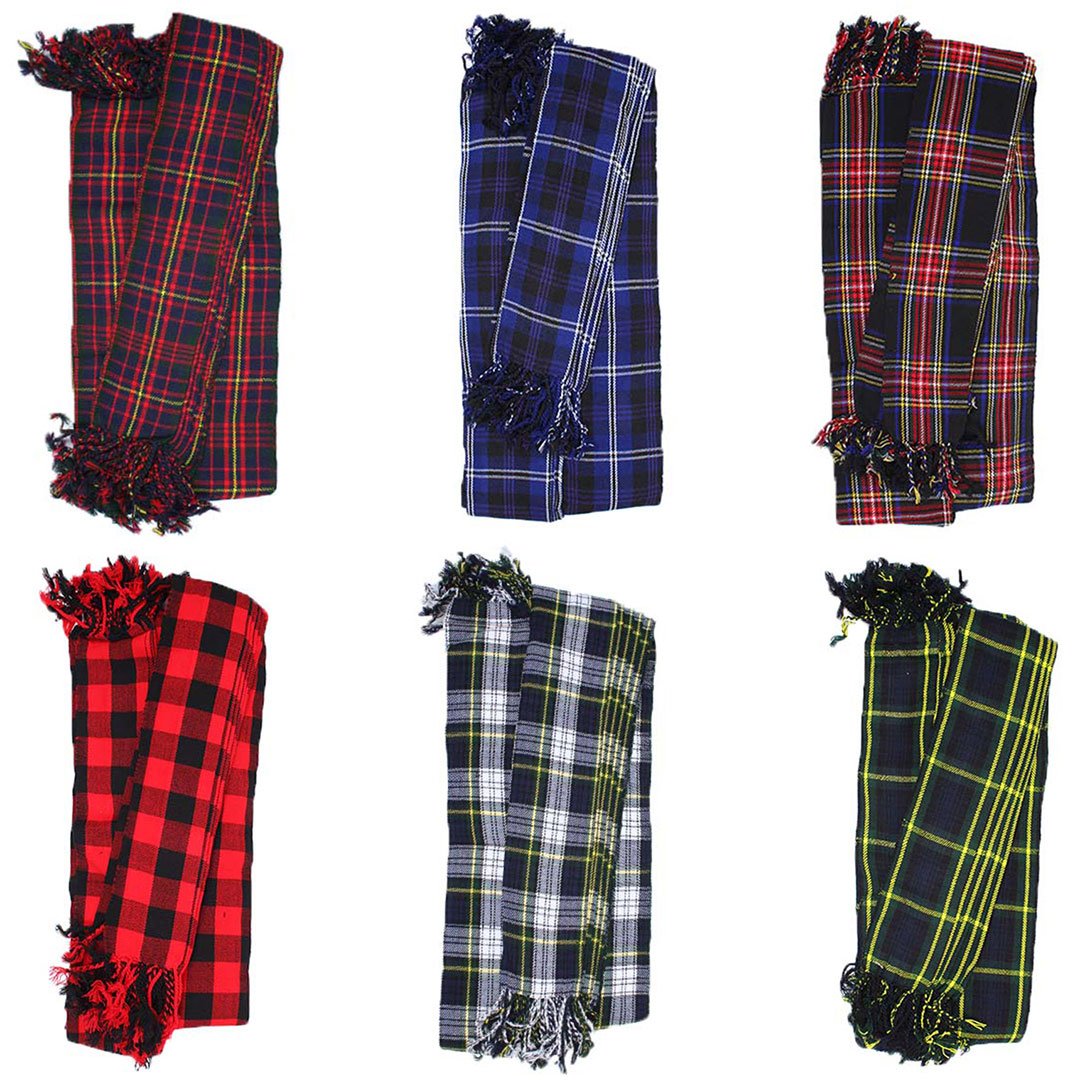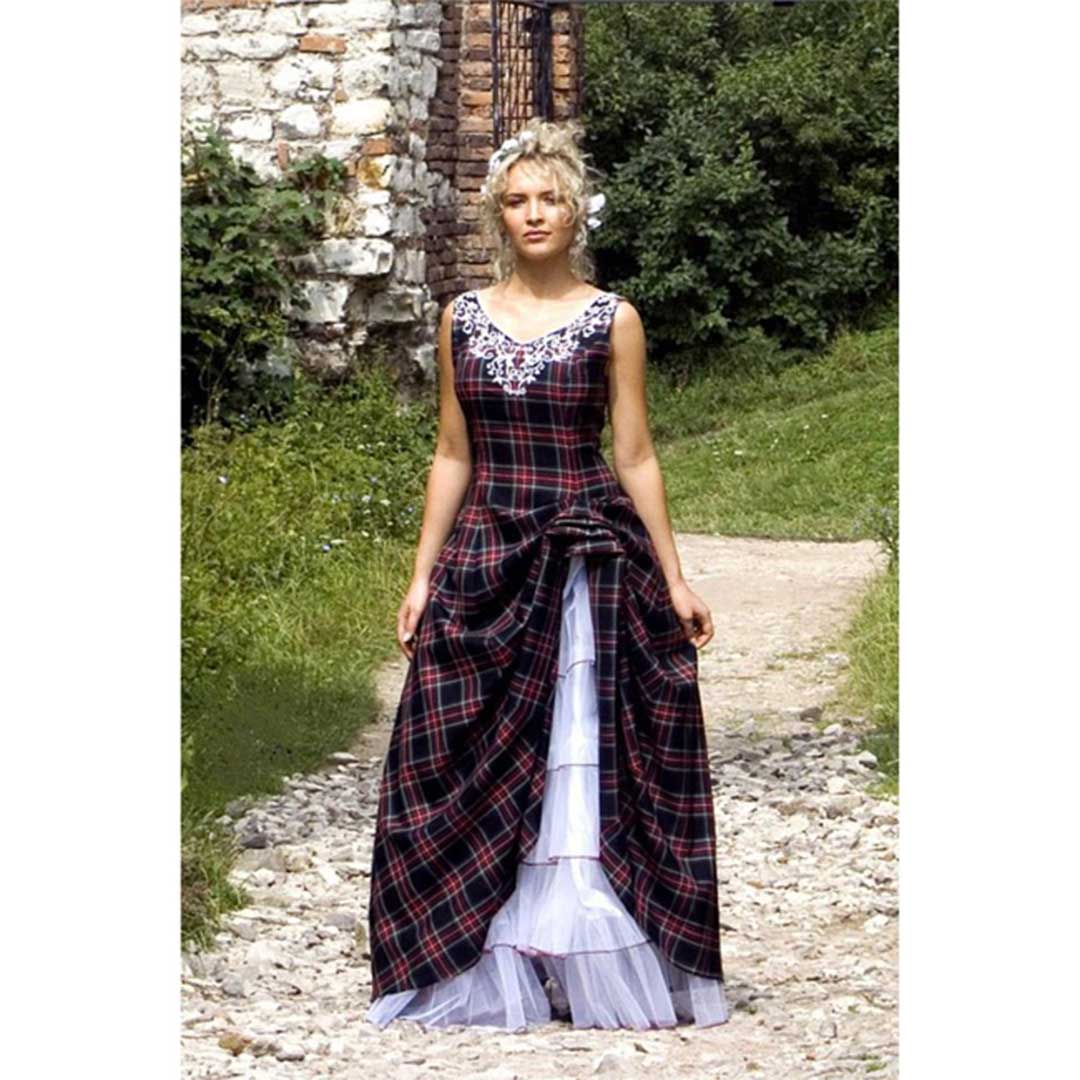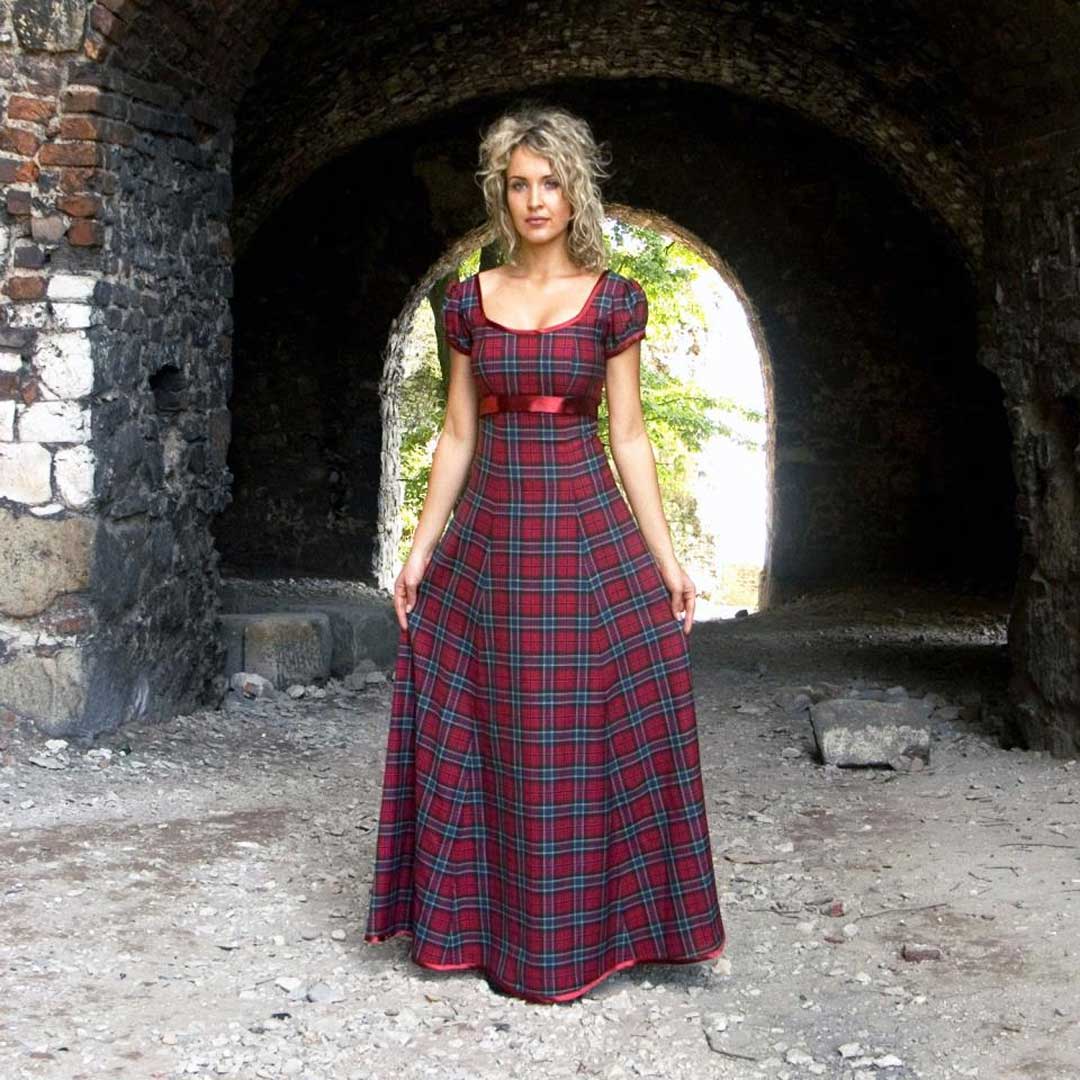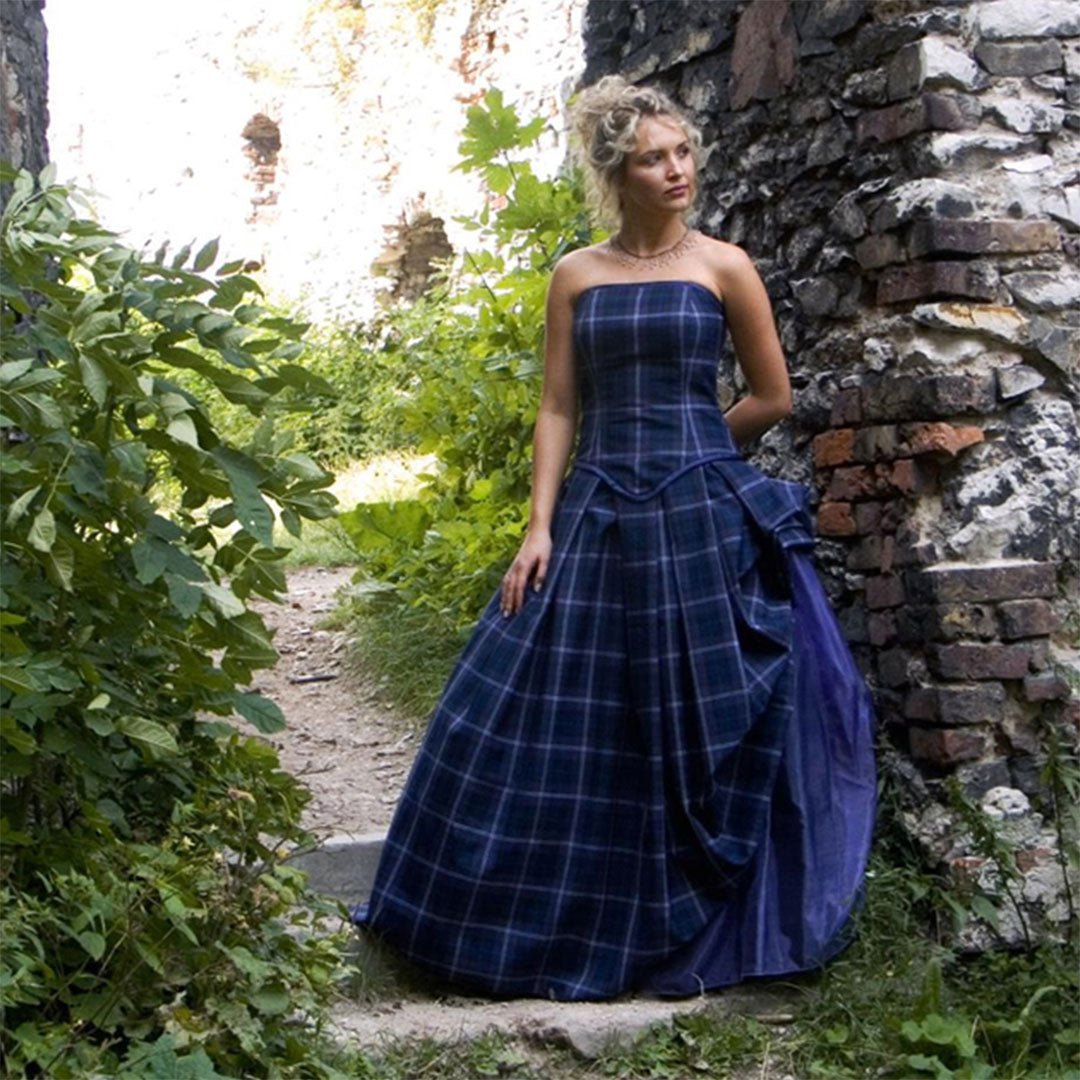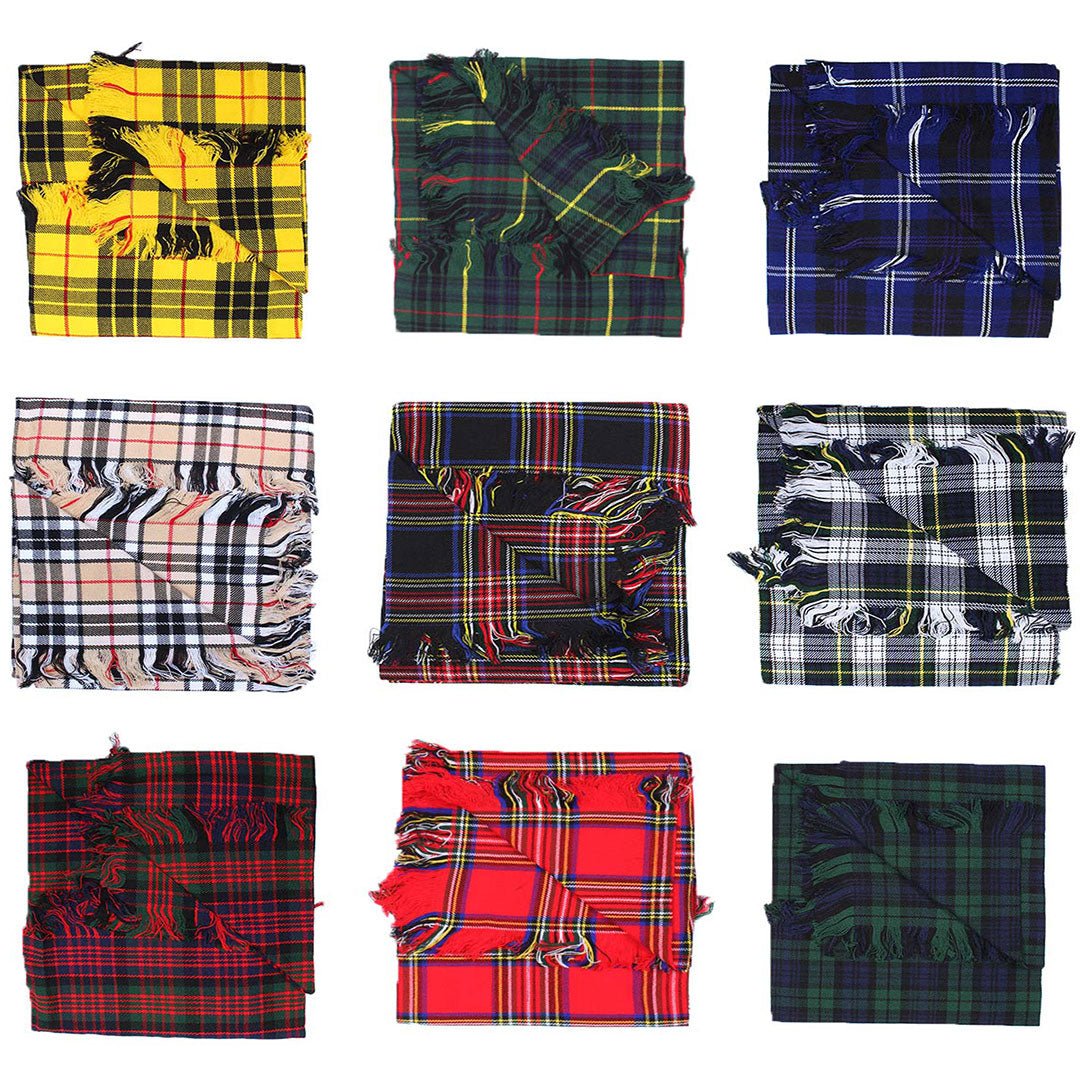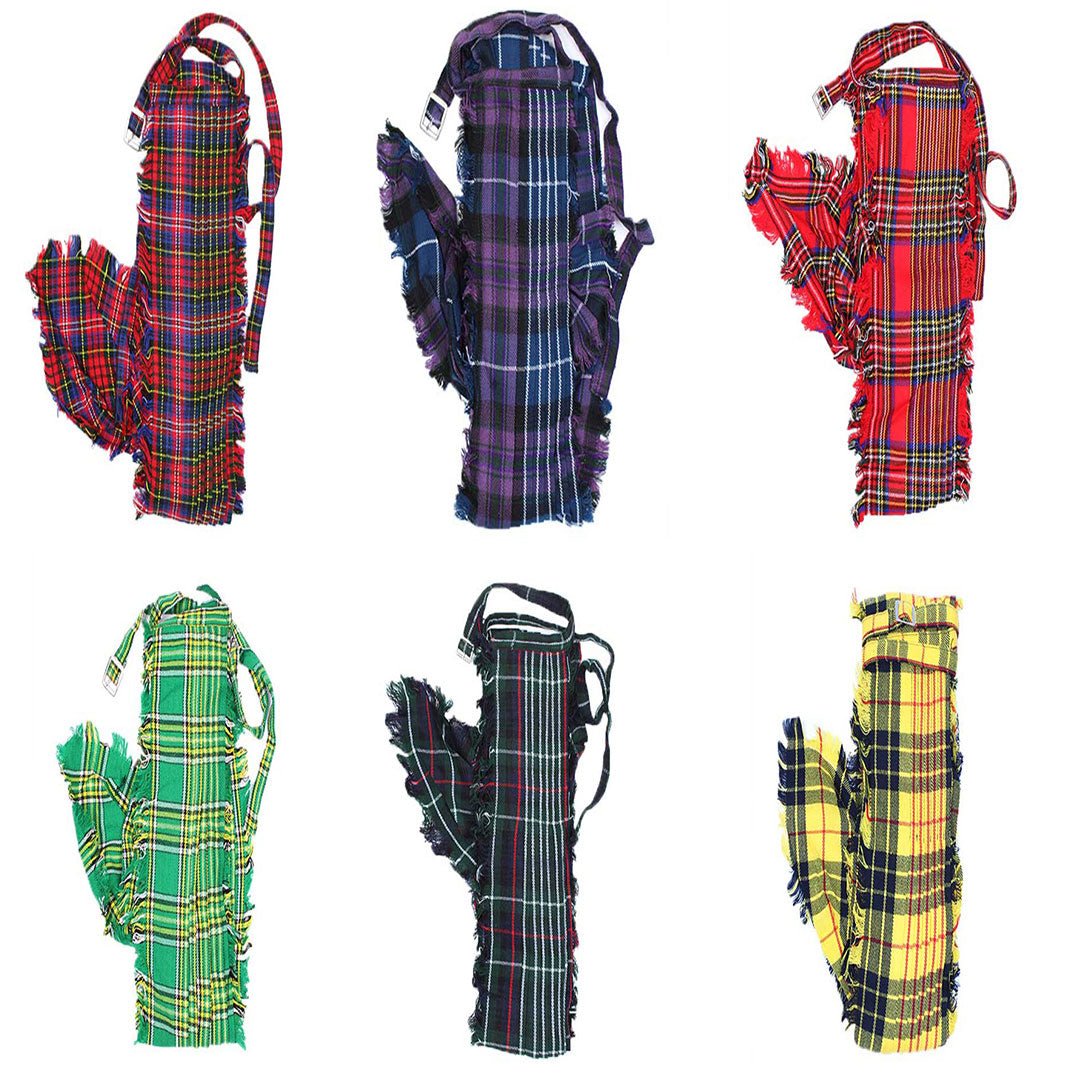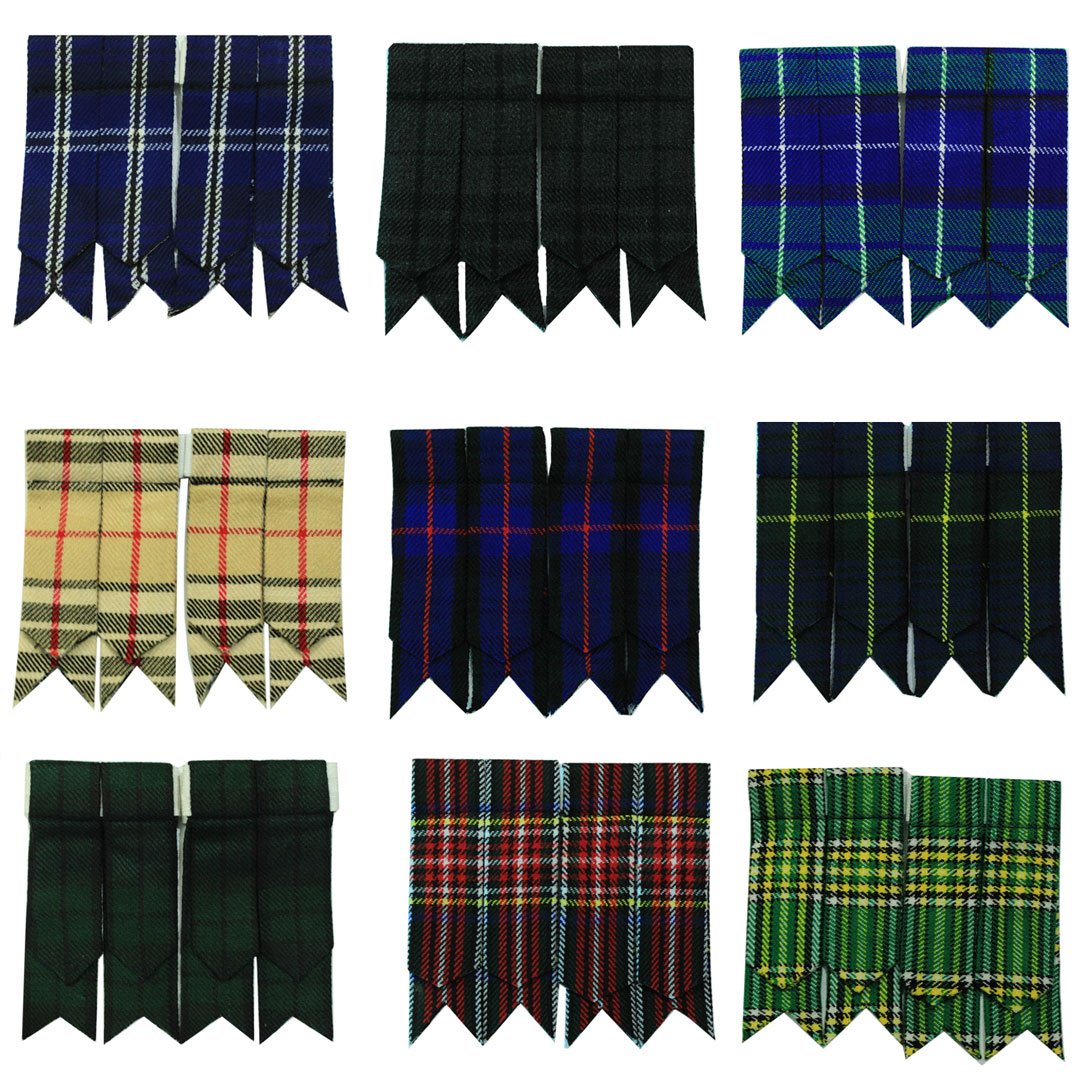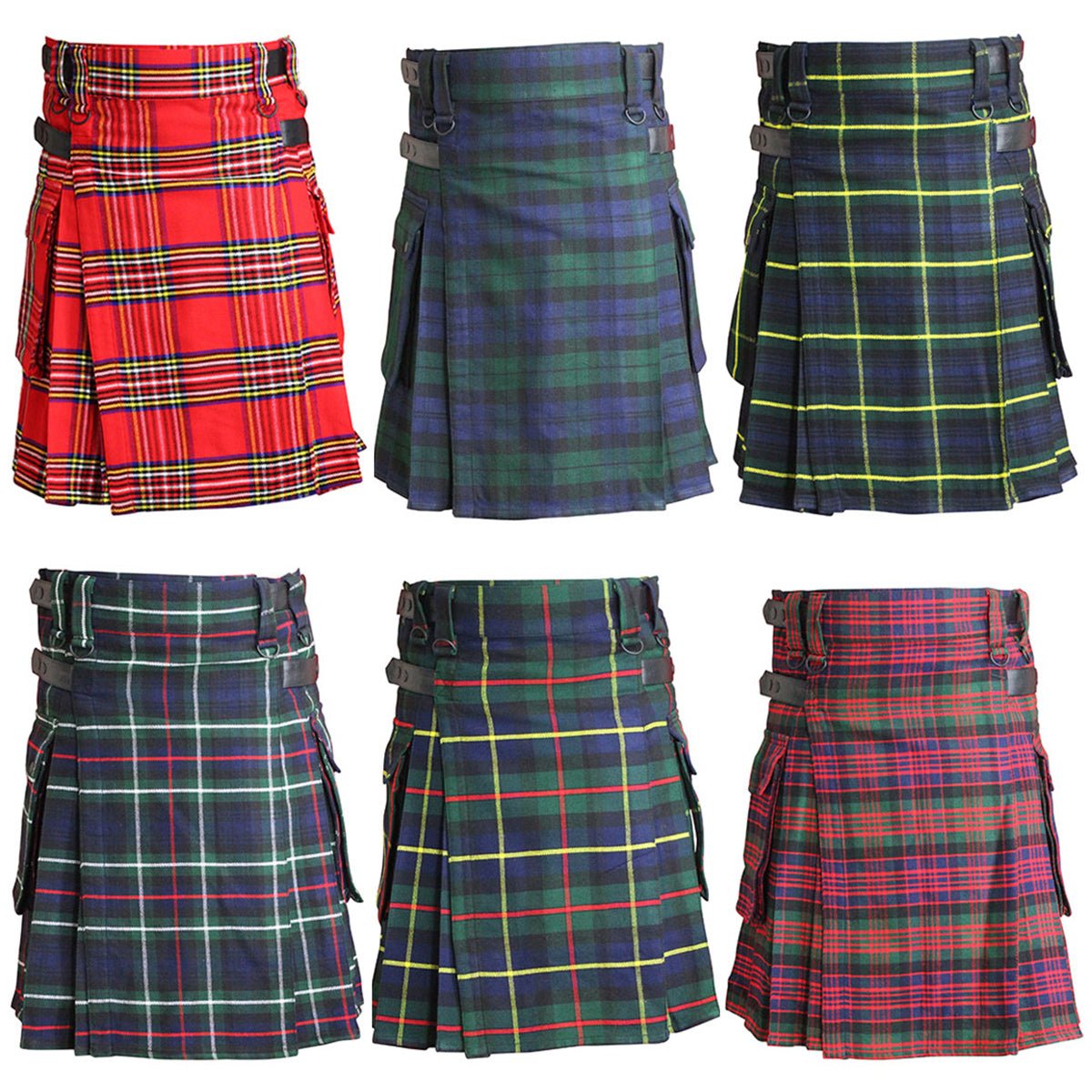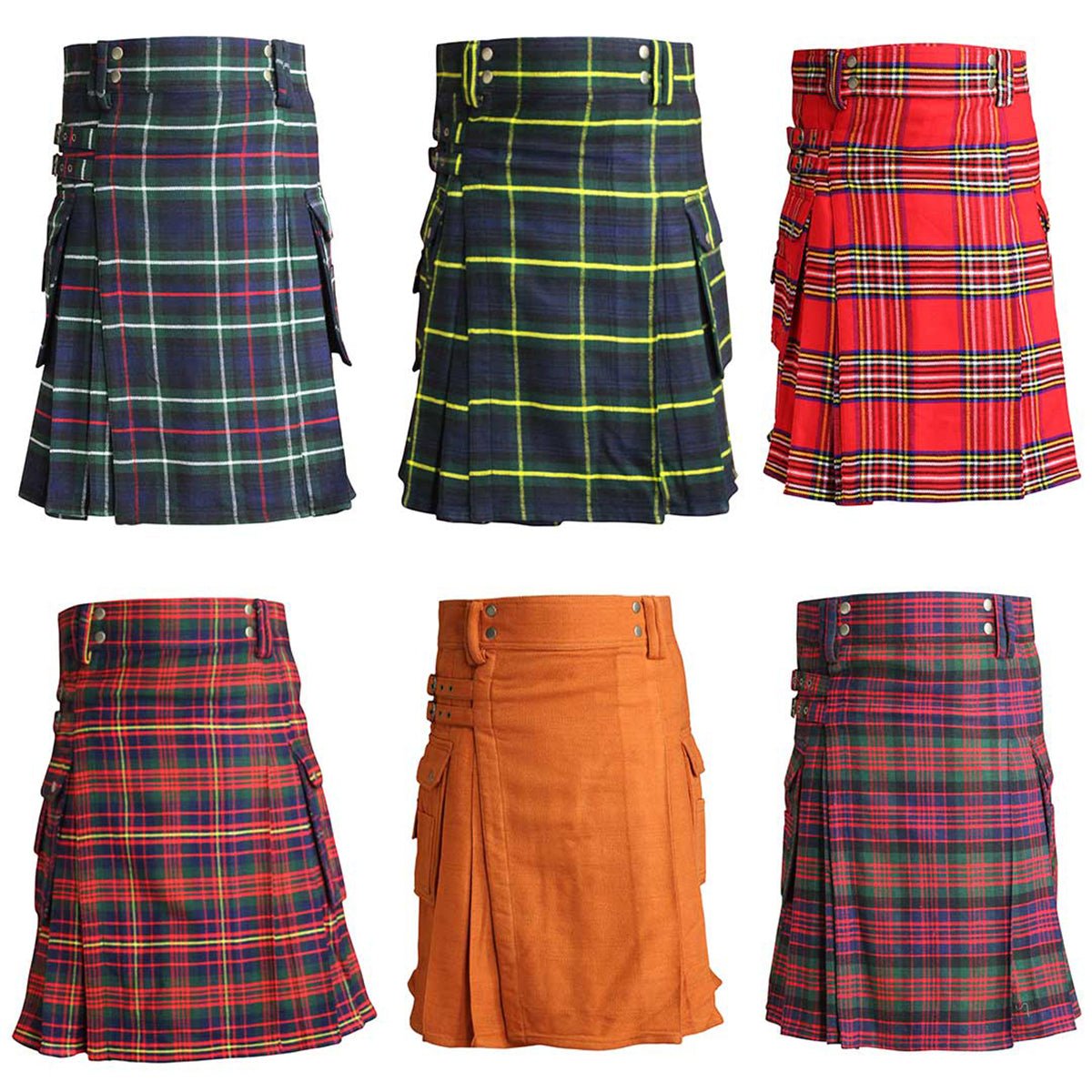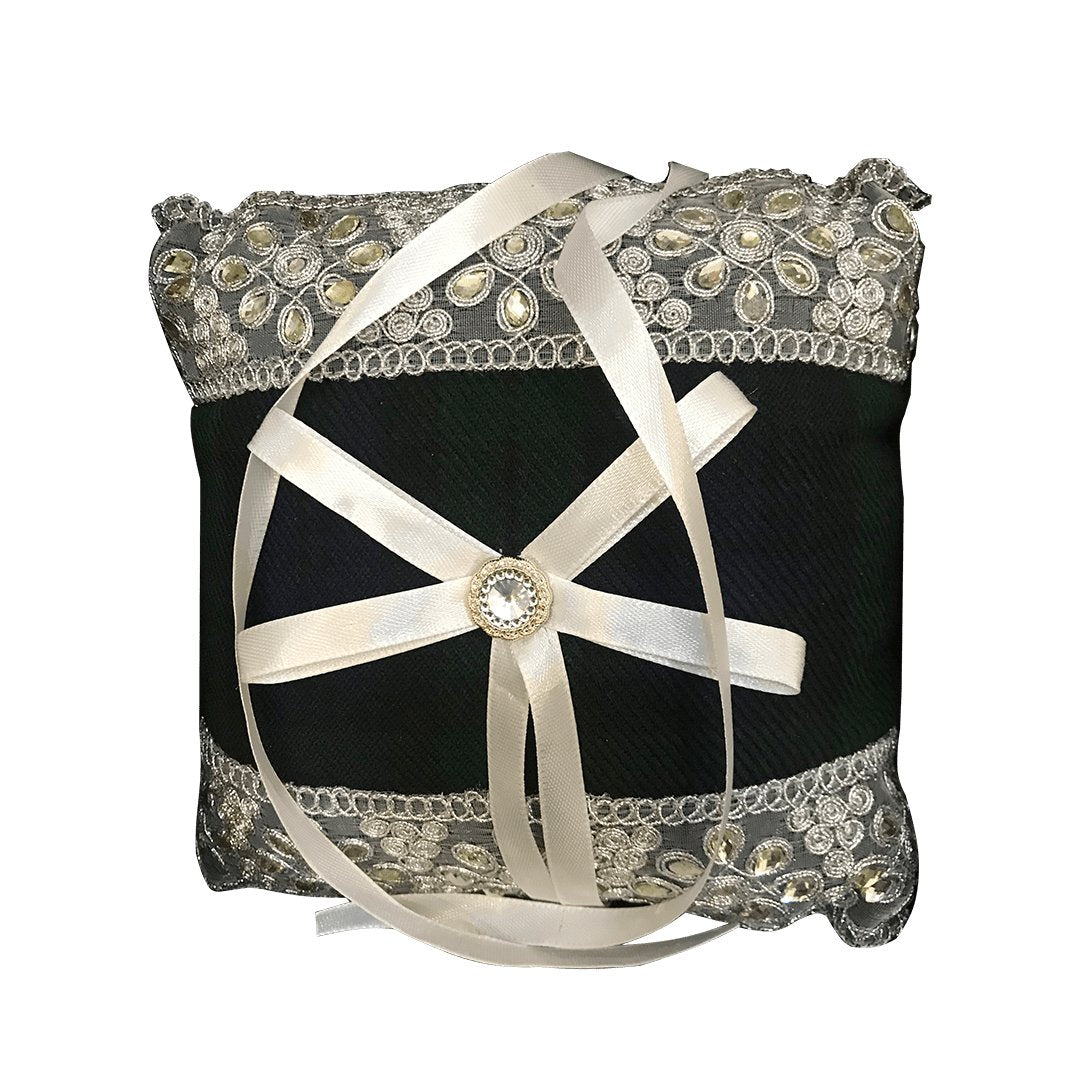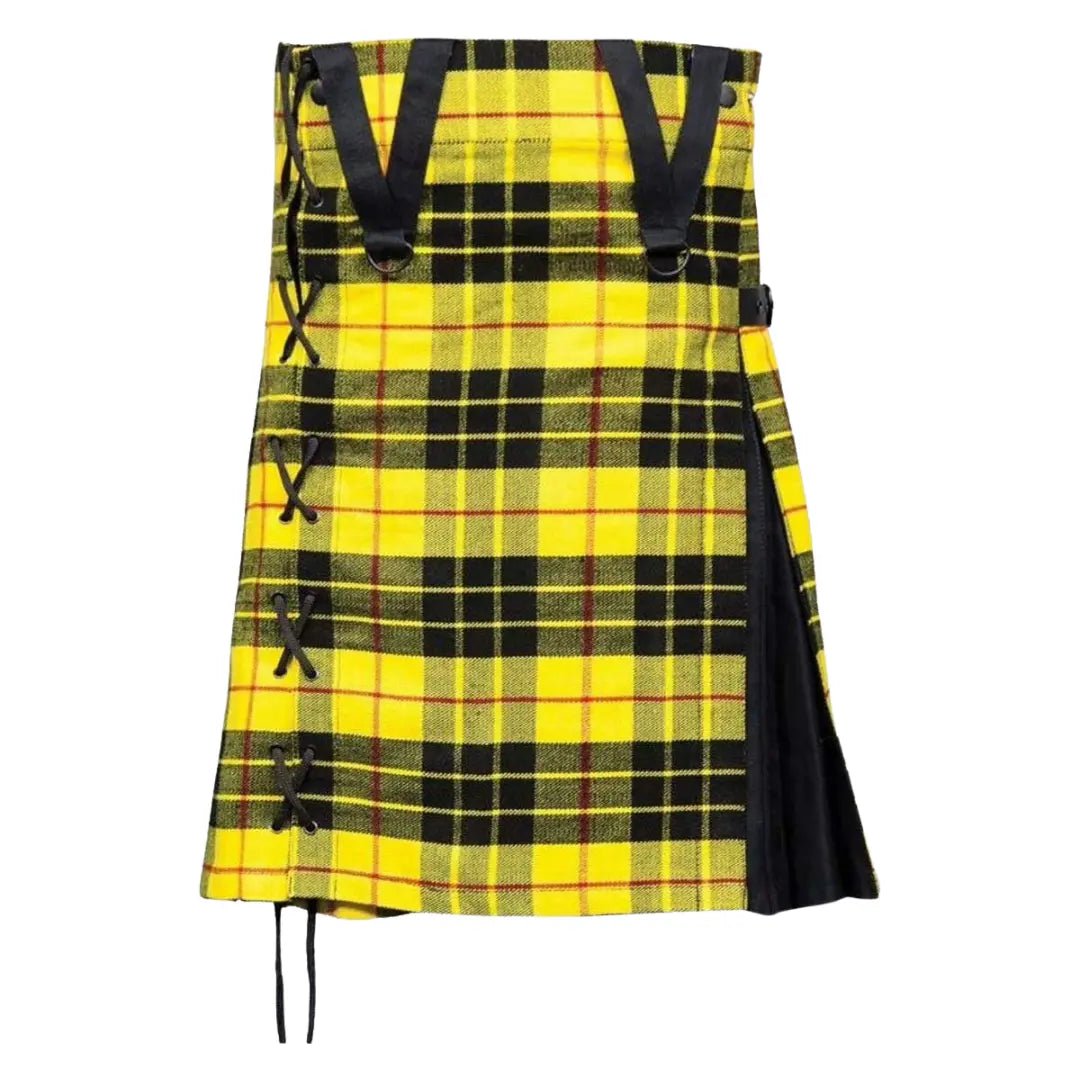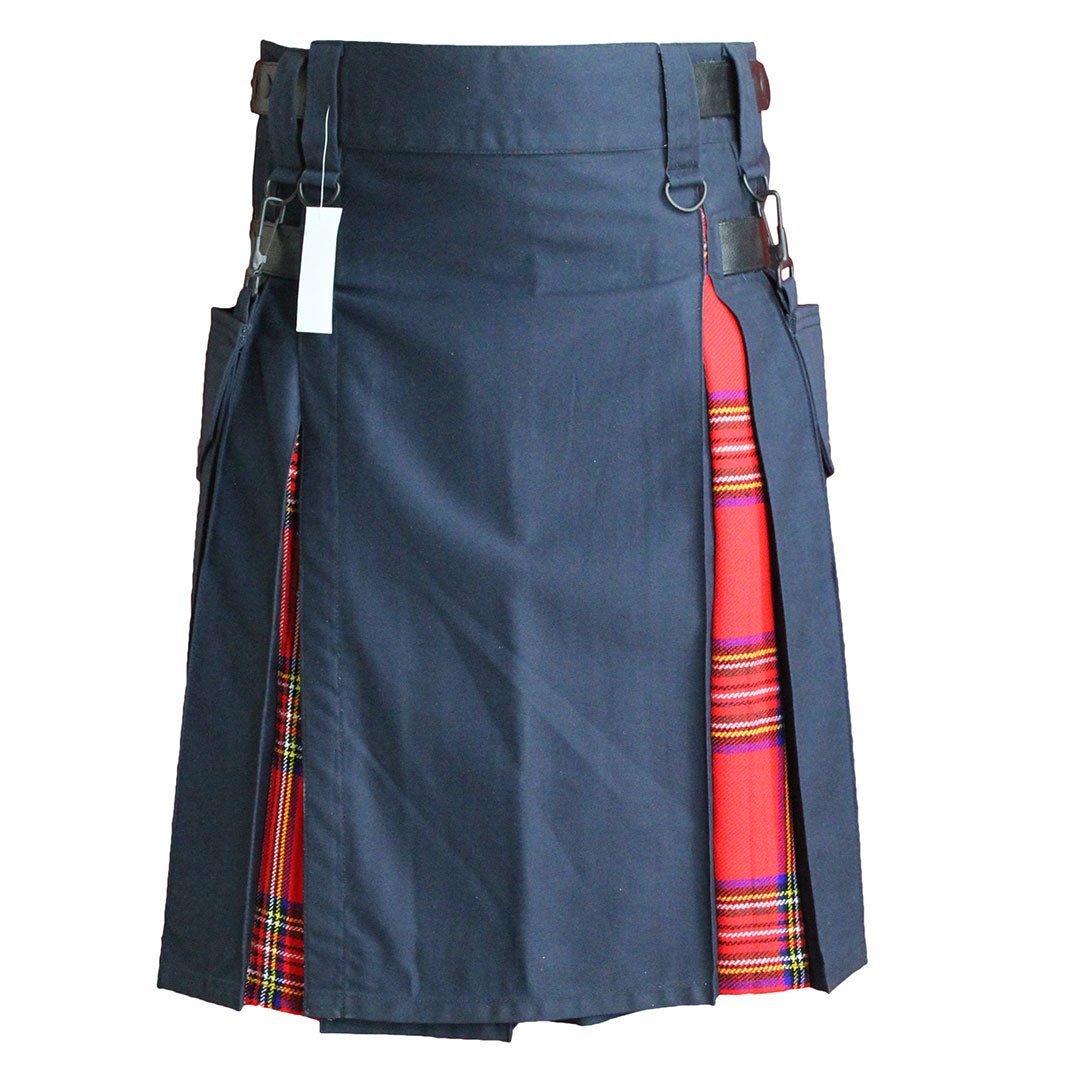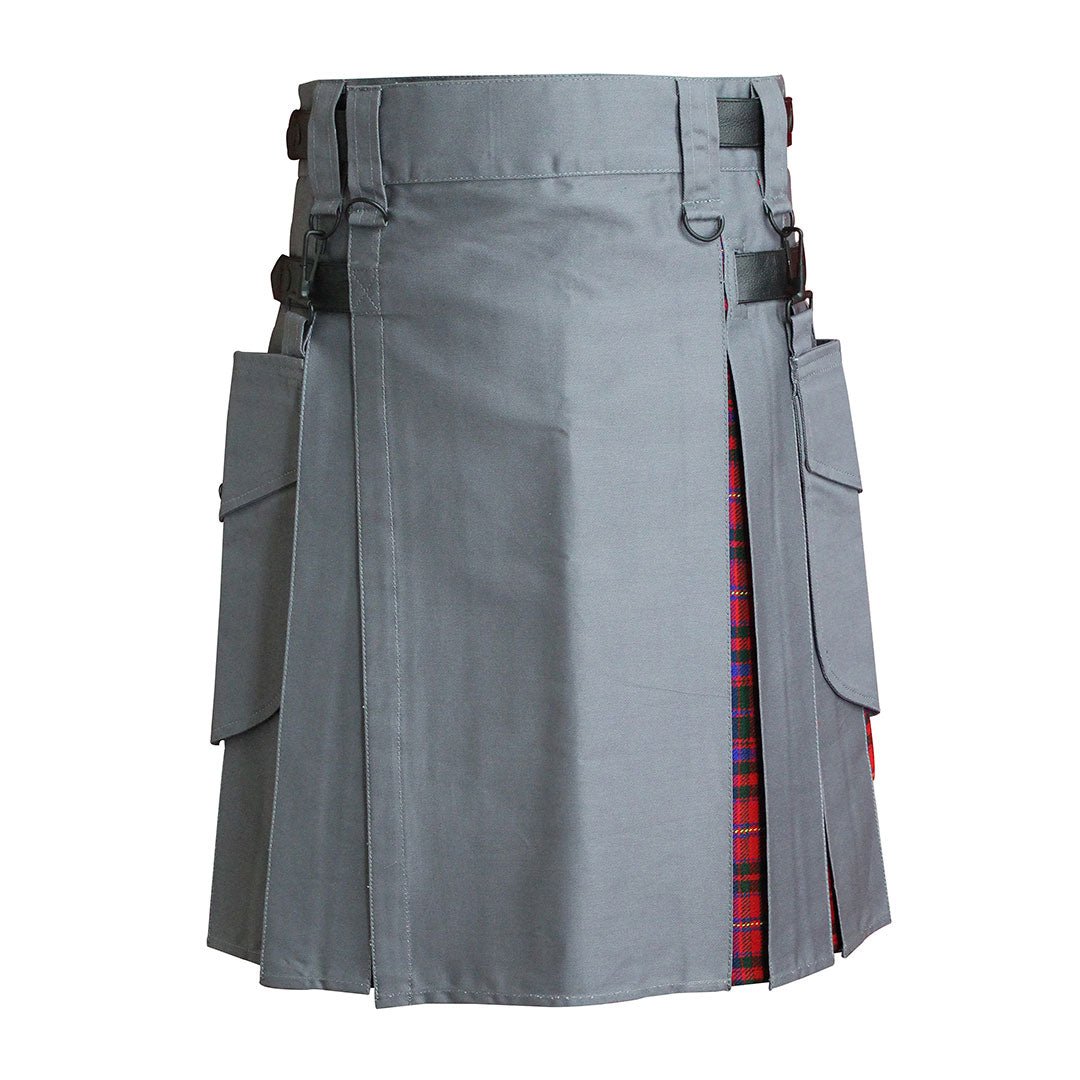Historical Context
The Muir tartan boasts a rich history that dates back centuries. The name "Muir" derives from the Gaelic word "mor," meaning large or big, or from Middle English, translating to low grassy hill or heath. The Muirs are believed to be descended from the Pictish Celts of Ireland and Scotland, particularly prolific in west-central Scotland and Orkney. Notably, during the reign of King Alexander II (1214-1249), a David de More witnessed a charter in Ayrshire, while a Gilchrist More, who married the daughter of Sir Walter Comyn, secured the lands of Rowallan Castle near Kilmarnock. This tartan holds significant value for both Highland and Lowland regions, symbolizing the perseverance and strength of the Scottish people through its motto, Durum Patientia Frango ("I overcome difficulty by patience").
Color Scheme and Pattern
The Muir tartan features a striking blend of colors, primarily showcasing green, yellow, black, red, and blue. The dominant green represents the lush Scottish countryside, while the black symbolizes the dark, cold winters. The blue reflects the serene Scottish lochs and seas, and the red and yellow stripes embody the fiery spirit of the Scottish people. This versatile pattern can be worn by both men and women, highlighting its cultural significance and charm.

 100% Acrylic Wool
100% Acrylic Wool Available in 5500 tartans
Available in 5500 tartans Custom made in 1-2 weeks
Custom made in 1-2 weeks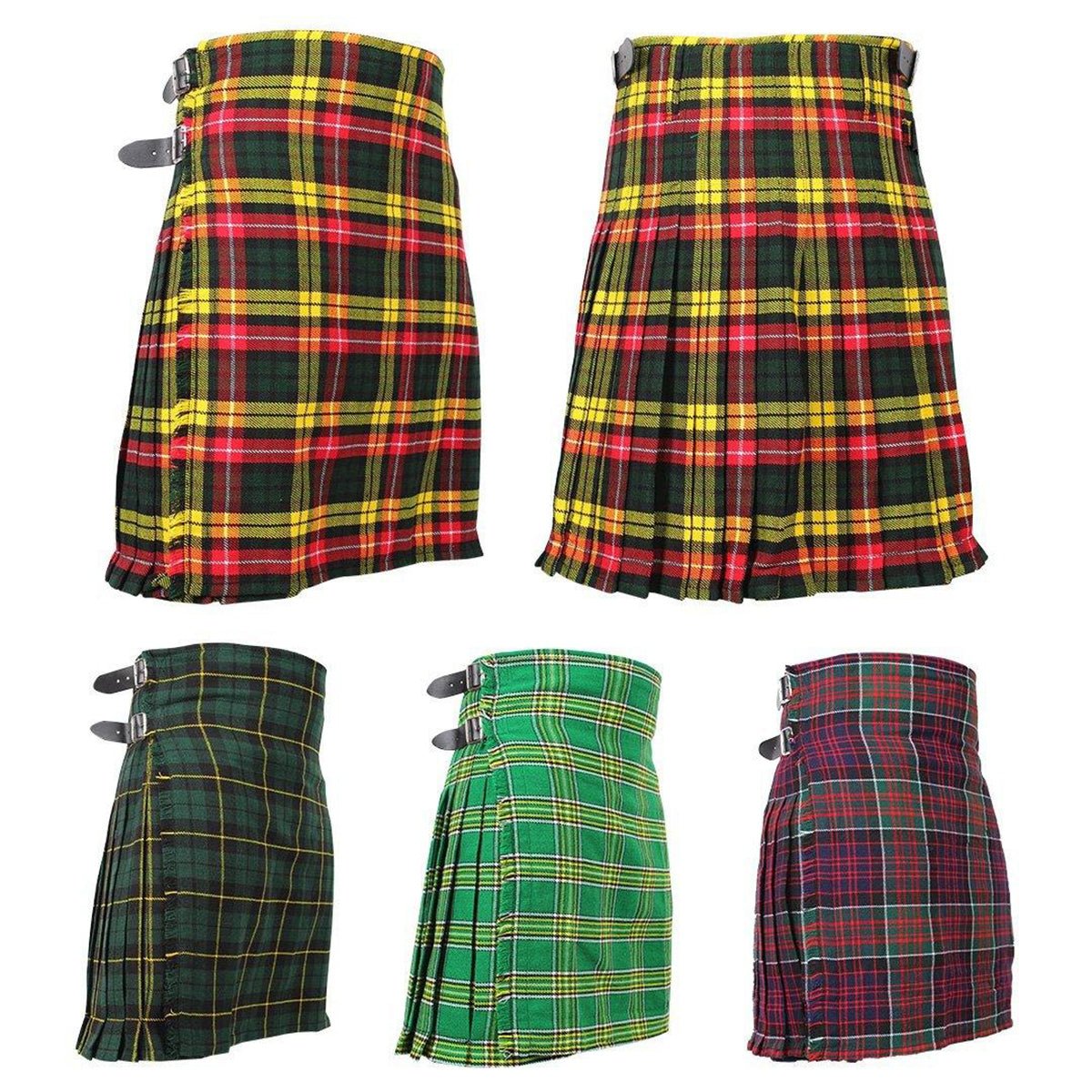
 100% Acrylic Wool
100% Acrylic Wool Available in 5500 tartans
Available in 5500 tartans Custom made in 1-2 weeks
Custom made in 1-2 weeks Kilt Available In 5-8-9 Yards
Kilt Available In 5-8-9 Yards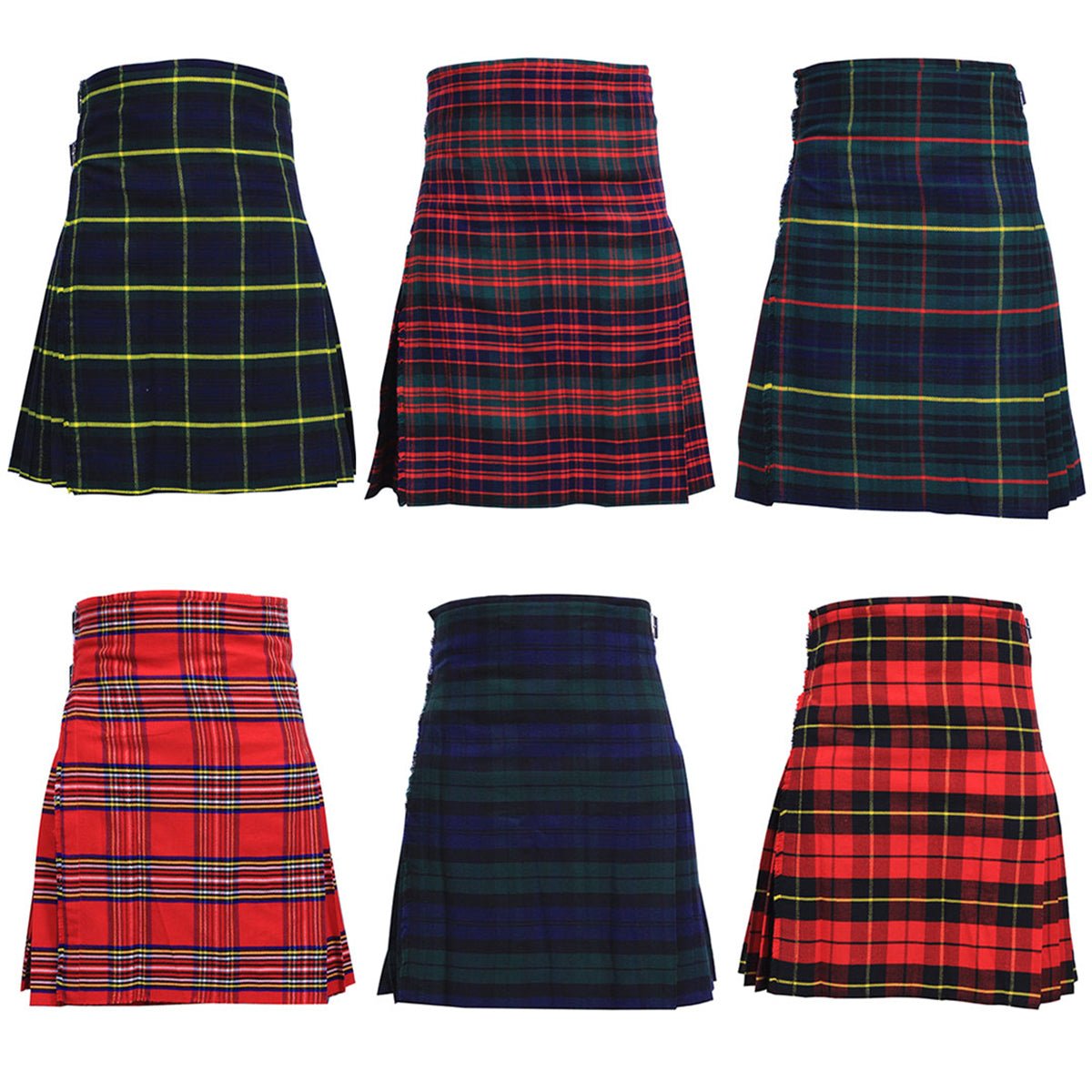
 100% Acrylic Wool
100% Acrylic Wool Available in 5500 tartans
Available in 5500 tartans Custom made in 1-2 weeks
Custom made in 1-2 weeks Kilt Available In 5-8-9 Yards
Kilt Available In 5-8-9 Yards
